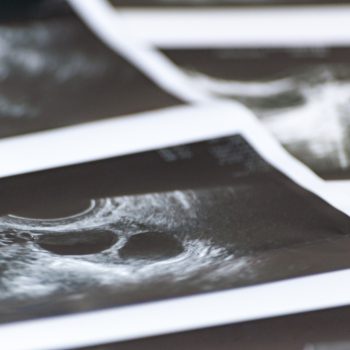If performed in a distorted manner, sport can conceal some health hazards. One of these concerns young girls who are obsessed with the idea of being thin and a desire for success. It is the female athlete’s triad, a condition in which eating disorders, menstrual cycle alterations and bone fragility can occur in association: “If the price to pay for success in the discipline being practiced is in terms of health, then it is necessary to intervene to correct this approach to sports practice. A young athlete who wants to lose weight at all costs has misinterpreted the association between sport and wellness”, adds Professor Daniela Lucini, Head of the Humanitas Section for Exercise Medicine.
The risk is greater for some sports in which being thin is emphasized, even for aesthetic reasons, from gymnastics to skating to dancing, or for those disciplines in which athletes are divided by weight, such as martial arts.
Damage to hormone balance
The triad of the female athlete is triggered by inadequate calorie intake in response to the nutritional demands associated with the sport. Physical activity is one of the factors that determine an individual’s calorie needs, such as age or sex. The caloric intake for a teenage girl is about 2,400 Kcal per day but if you do sport you have to ensure an adequate caloric intake to meet the increased functional demands. The concern to accumulate excess body weight, and therefore the willingness to reach certain weight thresholds defined in a completely arbitrary way, can lead a girl who does sports to consume fewer calories.
Her habits may also take on the typical characteristics of eating disorders, such as anorexia or bulimia, fasting or severe dietary restrictions, self-induction of vomiting, and taking slimming pills.
However, in the face of a lack of energy availability, problems of different level can arise. Diseases of the metabolism can develop, nutrient deficiencies with a loss of growth and development, the same physical performance can be affected with a reduction in strength, resistance, physical ability. It then alters the menstrual cycle, which becomes irregular or becomes interrupted (this is referred to as oligomenorrhoea and amenorrhoea, respectively).
In addition to the intake of calories below the safety level and metabolic alterations, in composing the picture of the female athlete’s triad, there is also bone weakness. This is because the level of estrogen in the body is reduced: “It is hormones that perform important functions, starting with the metabolism of fatty acids to provide energy to the body up to the mineralization of bone tissue. The girl is thus exposed to the risk of early osteoporosis,” adds the expert.
Education and information
Diet is therefore the first area in which to act to prevent the female athlete’s triad: “In addition to not eating properly – says Professor Lucini – training is conducted incorrectly, perhaps too intensely, always driven by the desire to return to certain aesthetic standards or to rapidly achieve certain goals. This is not how you can be successful in sport. The diet must be balanced, with the right calorie intake and the supply of all the main macronutrients. Its goal must be to optimize muscle mass, lean muscle mass and fat mass, and not excessive slimming,” the specialist points out.
The signals not to be underestimated are different, from sudden weight loss to the definition of diet-related rituals, to fluctuations in weight, from excessive exercise to low self-esteem, all signals that can also indicate a disturbance of the diet. A stress fracture is another warning, indicating an unhealthy bone, as well as changes in the menstrual cycle. If necessary, consult an expert in nutrition or a specialist in eating disorders.
“All those involved, from family to coaches, must act together to avoid the onset of this syndrome and take prompt action to deal with any problems. First of all, it is necessary to avoid increasing the pressure on girls, educating them to have a serene relationship with their bodies and with the idea of competition, without paying too much attention to the weight or a certain image of beauty”, concludes Professor Lucini.










